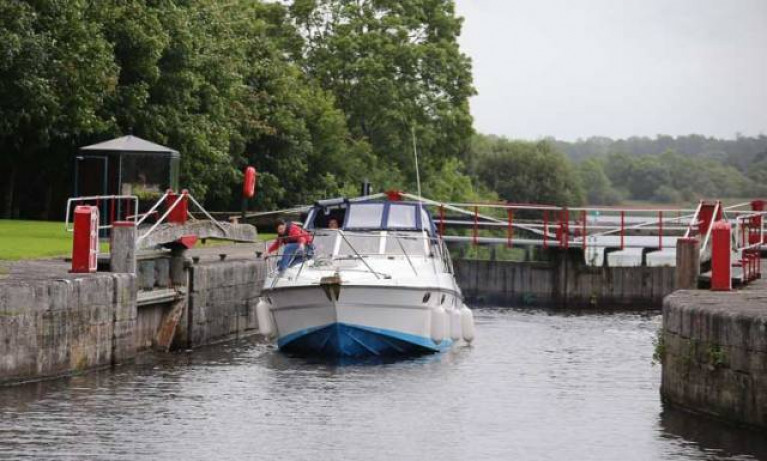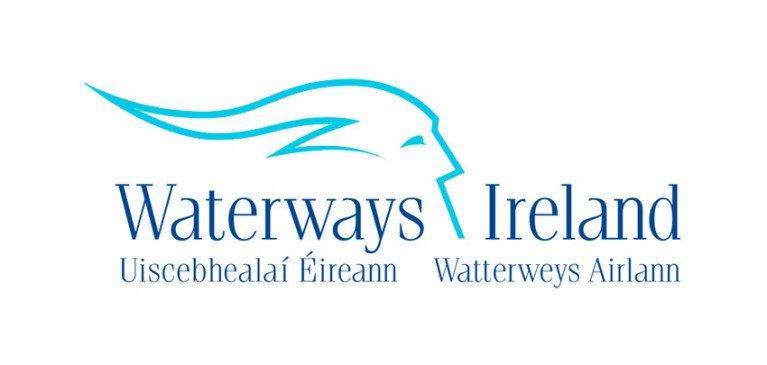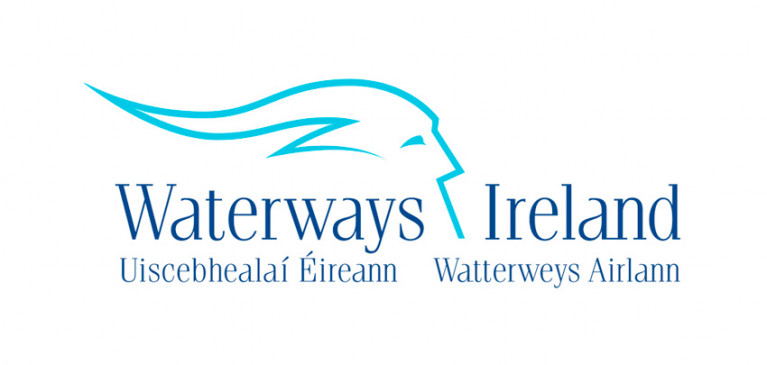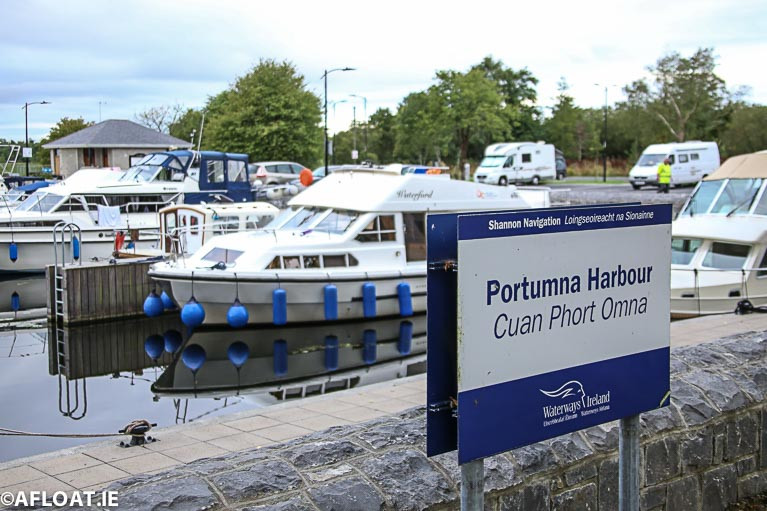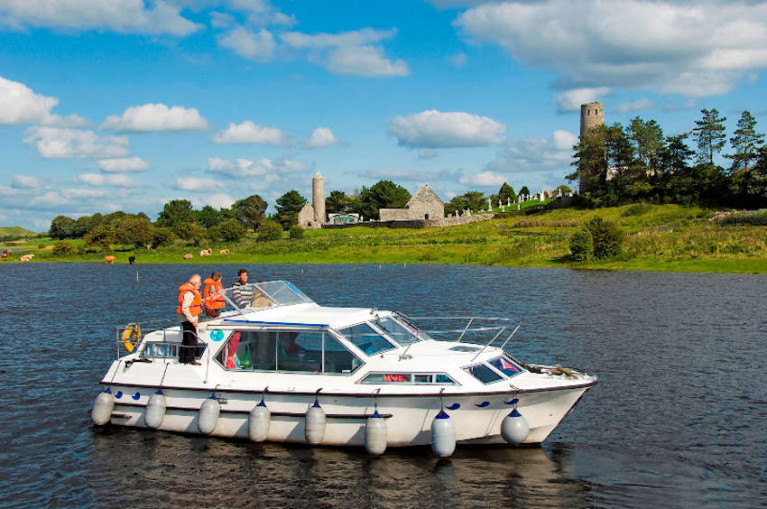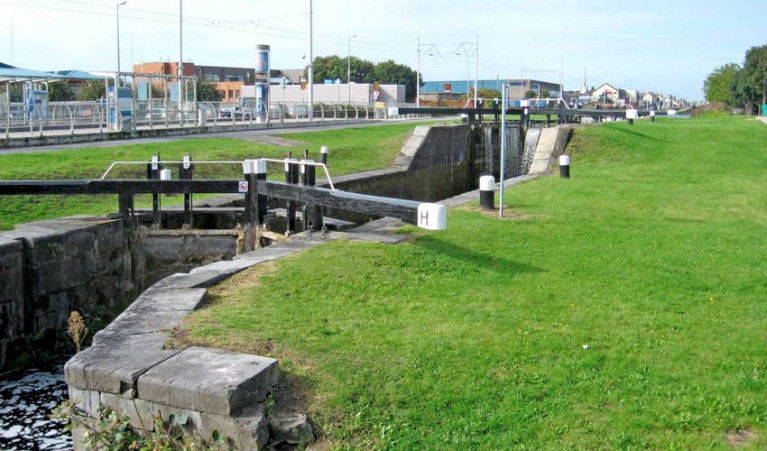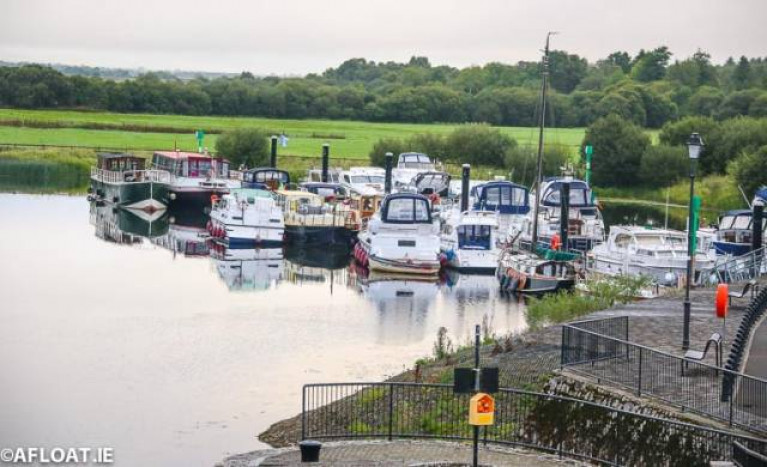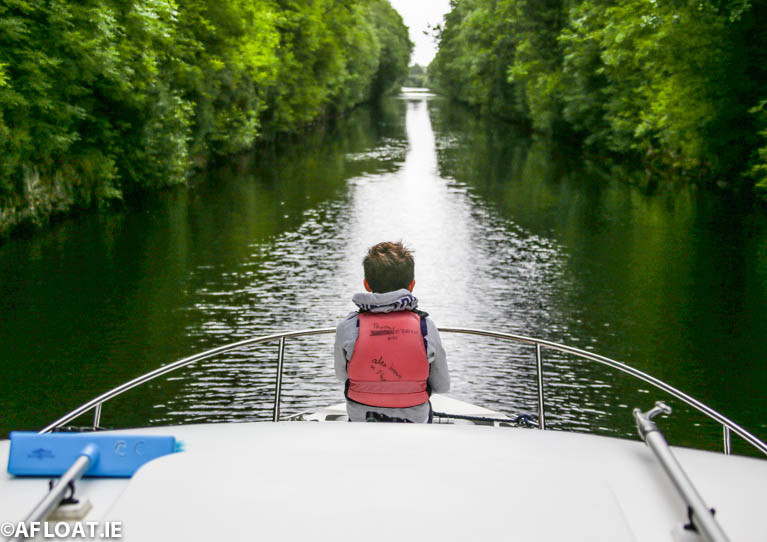Displaying items by tag: Waterways Ireland
Albert Lock & Jamestown Canal Reopen On Shannon Navigation
Waterways Ireland advises masters and owners of vessels on the Shannon Navigation that Albert Lock has been reopened to navigation following successful replacement of lock gates.
In addition, the Jamestown Canal in Co Roscommon where the lock is located has also been reopened to navigation following a lowering of flood levels.
All other inland waterways facilities currently closed following on from the recent and ongoing flood event will remain closed until further notice.
Flood-Hit Facilities Remain Closed, Says Waterways Ireland
Waterways Ireland advises all masters of vessels and water users that inland waterways facilities that are currently closed following on from the recent and ongoing flood event will remain closed until further notice.
The locks and bridge opening times on the Shannon Navigation will remain at winter opening times until Friday 29 March. Lock and bridge opening times will remain as weekdays from 9am to 12.30pm and Sundays from 10am to 12.30pm.
Waterways Ireland is also encouraging all masters of vessels and water users on all navigations to continue to follow the guidelines which have been provided by the health authorities regarding the COVID-19 outbreak.
In other news, the Green E Buoy at Goat Island on Lough Derg is now back on station.
Waterways Ireland advises all masters of vessels and water users that the flood levels are receding on the Shannon, Erne, Barrow and Lower Bann inland waterways.
Operations staff are now preparing the jetties, quays, slipways and facilities for reactivation as the floods recede.
It is anticipated that it will take up to three weeks for all jetties, quays, slipways and facilities to be fully operational.
Masters of vessels and water users should be aware that surfaces may be slippery, access to jetties can be difficult as gangways and pontoons are elevated, and flood damage may be encountered in some locations.
All should proceed with additional caution while the clean-up work is ongoing.
Waterways Ireland Urged to Remember Farmers & Floods as it Prepares Tourism Masterplan for Shannon
Waterways Ireland has been urged to work with farmers who are facing serious flooding on the Shannon, as the agency initiates a new tourism masterplan for the river.
IFA Connacht chair Pat Murphy said that it would be a “win, win” for everyone if the State agency recognised that management of the river extended beyond the tourist market.
He was responding to yesterday’s opening of public consultation by Waterways Ireland on a new Shannon draft tourism masterplan and associated environmental report.
Waterways Ireland, Fáilte Ireland and ten local authorities are involved in the plan, stating it aims to “ reposition the combined Shannon Navigation and Shannon-Erne waterway as a key tourism destination within Ireland’s Hidden Heartlands, identifying world-class visitor experiences based on the region’s natural and cultural assets”.
The Shannon Tourism Masterplan sets out a bold and integrated framework for sustainable tourism development along the Shannon and Shannon Erne,”it says, and the public consultation is one stage in an 18-month procedure.
The draft was commissioned from SLR Consulting and partners, and consultation will be held in Northern Ireland also, with a closing date of April 22nd.
“Once the public consultation is complete, submissions will be reviewed and a final draft of the document issued,” Waterways Ireland said.
Mr Murphy said that the IFA respected Waterways Ireland’s role in tourism, and has no issue with it, but emphasised that repeated flooding of the river is a serious issue for farmers and residents along its banks.
“We call for one single authority to be responsible for Shannon management - and to be held responsible,” Mr Murphy said.
“We are not being listened to by State authorities, yet we have been calling for this for several decades,” Mr Murphy.
The IFA Connacht chair and Ardrahan farmer said he concurred with Mid-Shannon flood relief group chairman Michael Silke.
Mr Silke, whose own beef and sheep farm near Banagher on the Galway-Offaly border has been seriously flooded, said Waterways Ireland, the ESB and the Office of Public Works need to accept the reality of a “crisis”.
He said the agencies have to work together and said this has to be an absolute priority for a new government.
“Outgoing Minister of State for the OPW Kevin “Boxer” Moran did his best, but this has to come from the top,” Mr Silke said.
Mr Silke has proposed that the river could be naturally diverted onto bogland which could provide a natural sponge, while several pinch points between Athlone and Meelick could alleviate flooding.
Mr Murphy said the IFA would not like to see farmland flooded “ “but if bogs can be flooded, that could be an answer”, he said.
“Individual farmers are really suffering, and Athlone and Carrick on Shannon are at risk far more regularly, as it the environment, birds and wildlife,” Mr Murphy said.
Mr Murphy has already expressed serious concern about the mental health of some affected farmers. Some landowners have experienced flooding up to six times in the last 25 years, having been told back in the floods of 2009 that it was a “one in a hundred-year event”.
“All they really want is a small little bit of hope,” he said.
The Waterways Ireland masterplan can be viewed here
Waterways Ireland has announced the opening of a public consultation on the Draft Shannon Tourism Masterplan and Environmental Report today, Wednesday 4 March.
The consultation documents will be available to the public both online and in the 10 county council offices along the Shannon and Shannon-Erne inland waterway corridors, and the consultation will remain open until Wednesday 22 April at 4pm.
The list of documents available to view are an Executive Summary, the draft Shannon Tourism Masterplan, a baseline study for the Masterplan, the Environmental Report, and AA Screen Report and Natura Impact Report.
Submissions can be made by completing an online survey. Surveys are also available at the host locations listed on the Waterways Ireland website and can be posted to Waterways Ireland’s Western Regional Office in Scariff, Co Clare.
The public consultation is also taking place in Northern Ireland, with documents available to view in the Waterways Ireland headquarters in Enniskillen. Relevant additional links include the NI Environmental Report and Habitats Regulations Assessment.
This consultation is the next stage in an 18-month process to reposition the combined Shannon Navigation and Shannon-Erne Waterway as a key tourism destination within Ireland’s Hidden Heartlands, identifying world class visitor experiences based on the region’s natural and cultural assets.
The Shannon Tourism Masterplan sets out “a bold and integrated framework for sustainable tourism development along the Shannon and Shannon-Erne”, Waterways Ireland says.
SLR Consulting and partners were commissioned to develop this Tourism Masterplan for the Shannon by Waterways Ireland in association with Fáilte Ireland and with the support of the 10 local authorities adjoining the River Shannon and Shannon Erne Waterway.
Once the public consultation is complete, submissions will be reviewed and a final draft of the document issued.
Green E Buoy At Goat Island On Lough Derg Is Off Station
Waterways Ireland advises all masters of vessels and water users that the Green E Buoy buoy at Goat Island on Lough Derg is off station, and to proceed with additional caution in the vicinity of the island.
Waterways Ireland has announced that works to repair a broken sewer line in the Grand Canal at Inchicore will not be completed until the end of May.
Navigation between Locks 1 and 2 will remain closed after the incident last summer which saw the partial collapse of a trunk sewer at Suir Road, west of St James’ Hospital in the city.
The cross-border body for Ireland’s inland waterways added: “As the works to the sewer are dependent on a number of factors and are outside of Waterways Ireland control, this date cannot yet be confirmed but updates will be issued when available.”
Boat passage arrangements for both the Grand Canal and Royal Canal in and out of Dublin were recently announced ahead of the 2020 boating season, which begins later this month.
No Access To Floating Jetty At Shannonbridge Over High Water Levels
Continued high water levels have prompted Waterways Ireland to prohibit access to the floating jetty in Shannonbridge on the Shannon Navigation.
All masters of vessels and users of the inland waterway are advised that lighting to the area has been turned off as the power supply distribution box is currently submerged.
High Water Level Alert For Shannon, Erne, Barrow & River Bann
Due to recent poor weather conditions, Waterways Ireland is currently operating at increased water levels on the Shannon, Erne, Barrow and River Bann.
As a consequence, boat owners, and those in the vicinity of our waterways, need to take additional care and bear the following points in mind:
- For boaters, air draft is reduced under all bridges and power lines.
- Access to jetties may be difficult as the walkway providing access to the jetty may have elevated due to the increased water levels.
- The markers, pontoons and jetties may be under water.
- The speed at which the water flows has significantly increased and boat owners and those along the navigations should take extra care when travelling.
Waterways Ireland encourages all waterway users to put safety first in these flood conditions.
Previously it was reported that the Jamestown Canal in Roscommon has been closed due to high water levels until further notice.
Waterways Ireland will install a dam system to protect the canal banks here, which will remain in place until water levels drop.
Closure of Jamestown Canal Due to High Water Levels
Waterways Ireland has closed the navigation at Jamestown Canal in County Roscommon until further notice due to high water levels.
Waterways Ireland will be installing a dam system on the upstream side of Corlura bridge in order to control the water levels and to protect the integrity of the canal banks.
This dam system will remain in place until the water levels drop.
This section of navigation will be impassable whilst this dam is in place. Waterways Ireland will remove the dam as soon as the water levels reduce.


























